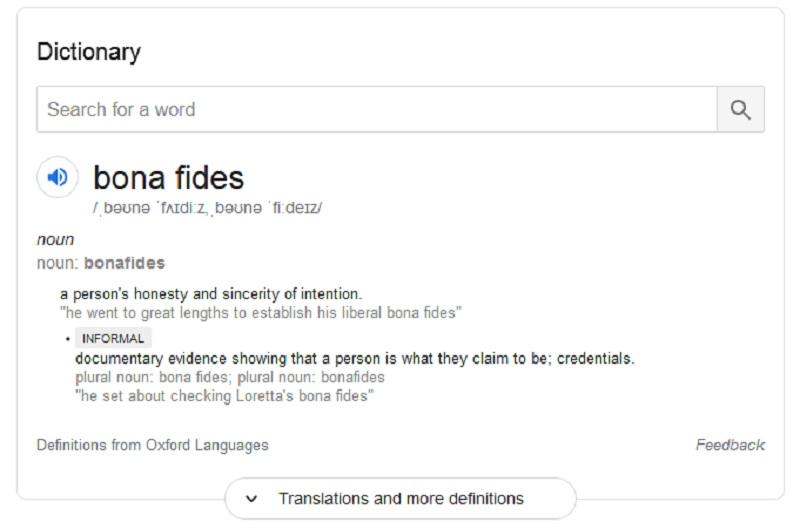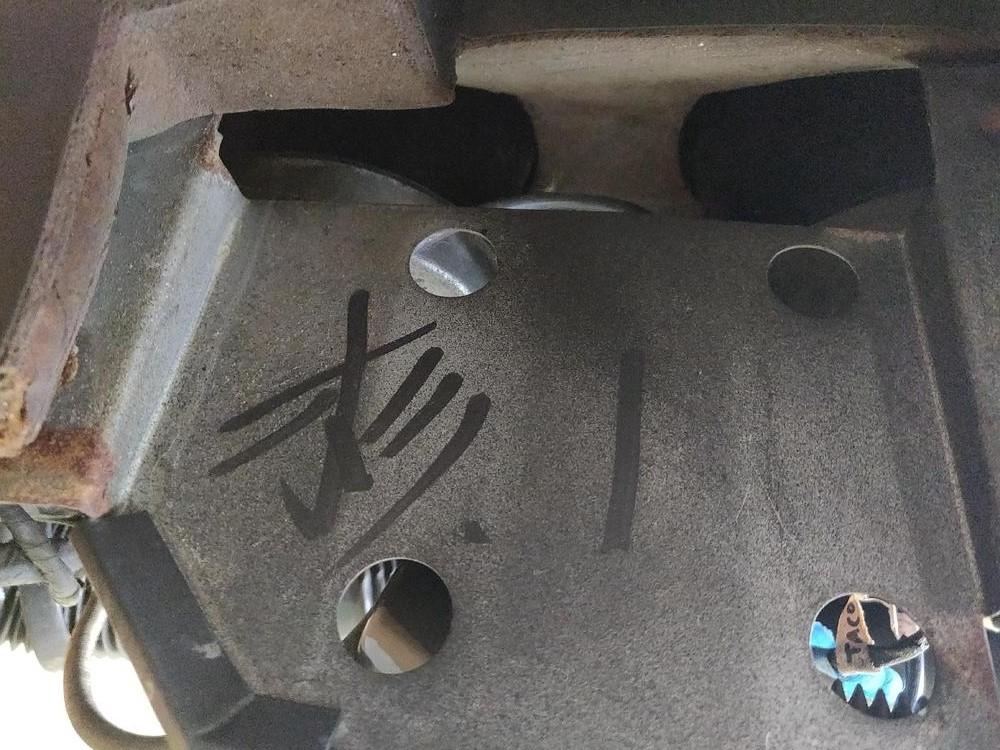Everything posted by HS30-H
-
260Z Body Shell RLS30-000017 for sale on Ebay UK
Absolutely not a problem, and I'm pleased to help in any small way I can. I remember the bodyshell very well, and I'm glad it still exists. Here's the thing: Show Me Another! as they say. There aren't many opportunities to buy what is clearly a factory-supplied, numbered but un-used (ie, not built into a running and driving complete car by the factory, and sold as such) bodyshell.
-
260Z Body Shell RLS30-000017 for sale on Ebay UK
That's why I posted them above. The vendor. He's also the OP on this thread, so you can ask him about it right here. Admittedly it is anecdotal at this point, but a connection to Bob Sharp Racing makes explains this bodyshell's existence and - one time - presence in the USA. Here's the thing: Have you ever seen or heard of Nissan supplying a bare - unused - bodyshell for an S30-series Z? This is something that they simply did not normally do. Unlike other manufacturers, Nissan did not supply complete bodyshells as spare parts ('Body In White' in the vernacular) let alone fully numbered bodyshells, so it is something clearly outside of normal practices. Being supplied as a spare bodyshell for a well-affiliated race team - right on the switchover from '240Z' to '260Z' models - adds up. And the chassis number of this bodyshell is very close to those of other BSR cars too. It seems to add up.
-
260Z Body Shell RLS30-000017 for sale on Ebay UK
-
260Z Body Shell RLS30-000017 for sale on Ebay UK
Fourways Engineering bought it as a bare 'shell, and sold it as a bare 'shell. I think it might be doing too much heavy lifting here. Only the bare bodyshell itself is 'essentially new'.
-
260Z Body Shell RLS30-000017 for sale on Ebay UK
The ad description clearly states: "The shell will be sold complete with the following standard 260Z items from donor vehicles installed: *front and rear axles/suspension...." etc ...so I don't know where you are getting the idea of new doors, struts/hubs, brake parts, fuel tank or anything else except the bare bodyshell itself.
-
260Z Body Shell RLS30-000017 for sale on Ebay UK
Hopefully that would include being able to read the vendor's description on ebay: "new electric fuel pump and swirl pot".
-
260Z Body Shell RLS30-000017 for sale on Ebay UK
If you're thinking it somehow has a link to BSR then you're barking up the wrong tree. It was bought and imported to the UK as a bare bodyshell with ZERO parts attached to it, and no modifications.
-
260Z Body Shell RLS30-000017 for sale on Ebay UK
@gnosez and I have corresponded about this bodyshell. As far as I'm concerned, everything rings true.
-
Parts for Sale: 4x reproduction Nissan Fairlady Z432 wheels in aluminum
There's effectively no copyright on the original Kobe Seiko design, and several different companies have made replicas over the last 50 years. You cannot label or market them as Kobe Seiko items, that's all. The problem here is effectively piracy of M-Speed's IP software, molds and R&D. We all know how many of these Chinese factories operate, and to buy product from them - which others have invested time, know-how and money to - is effectively encouraging piracy. If anybody wanted these wheels, they were freely available for the last two years from M-Speed Japan at a price which reflected the time and expense in setting such a project up. Buying via the back door is bad for all of us in the long run.
-
Parts for Sale: 4x reproduction Nissan Fairlady Z432 wheels in aluminum
In a fire bad enough to ignite Elektron Magnesium wheels (which the original Kobe Seiko wheels were made from) on an S30-series Z, the fumes from the burning interior plastics and vinyl would kill you first. M-Speed's replicas are made from Aluminium alloy.
-
Parts for Sale: 4x reproduction Nissan Fairlady Z432 wheels in aluminum
Try another dictionary: Cutting to the chase, these wheels you are selling are effectively M-Speed Japan items, but without the M-Speed Japan stickers and without M-Speed Japan's authorisation. You bought them from the Chinese factory which manufactures them for M-Speed Japan, who are - according to M-Speed Japan's representative - not authorised to sell product which has been made using M-Speed Japan's intellectual property and set-ups. How can you possibly guarantee that they have been made from the same specification of material, heat treatment and to the same specifications as the wheels made for M-Speed Japan? Have you been to the factory in person? I very very much doubt it. You first hooked up with these wheels in May this year via a Facebook post from a random kid in Bulgaria who had - I would guess - been trawling Ali Baba pages looking at Chinese-made wheels and put two and two together. Amazing what comes out of the back door of these places if you know the correct way to knock. In May you didn't even know the difference between the 5.5j 432 type wheel and the 7j Works type wheel, so it is amusing to see you've got key rings and stickers on cue already for your new venture.
-
Parts for Sale: 4x reproduction Nissan Fairlady Z432-R ‘works’ wheels in aluminum
I'll put that down as both a 'cannot' and a 'will not'. Since you haven't answered my above questions, it's hard to come to any conclusions. If M-Speed Japan have green-lighted sales direct from the Chinese factory for some reason (there could be any number of reasons) then I don't see why you would not be able to say so. But M-Speed's representative told me that these sales are not authorised by M-Speed. So you're apparently selling an M-Speed developed product without the M-Speed stickers, yes? So who's standing behind them? Who's guaranteeing the product? If 'REAL Classic Z Wheels' (LOL) is your company, and these are 'your' product, where are the bona fides? I didn't have any problem with M-Speed Japan having wheels made and selling them to the general public, as they were good quality and a fair price for ex-Japan sales. I recommended the M-Speed reproductions to several people, and several friends of mine bought them and are happy with them. So, no problem at all with M-Speed product. So who's making yours, and where? The 'problem' I have Sean is that I don't think it is cool for people to track down manufacturing sub-contractors - via a product - and effectively short-circuit the process that brought the product to market in the first place. If M-Speed Japan paid for the R&D, patterns and testing and everything that goes with a project like this, then why should somebody else get a free ride on their IP? I asked you before what your reaction would be if somebody went to the Chinese factory where you make your Z Story exhausts, and started buying and selling the product that you developed. Your answer was pretty much 'its their own fault', wasn't it? So much for morals, let alone karma. If the situation between yourself and M-Speed Japan is a mutual agreement, then it should be easy for you to clarify to that effect. As of right now, that's not how I understand it.
-
Parts for Sale: 4x reproduction Nissan Fairlady Z432-R ‘works’ wheels in aluminum
Well, educate me (us) then. Do they have the blessing of the people who paid for this reproduction to exist in the first place (patterns, R&D, testing etc) or do they not? Have you got clearance from M-Speed, or have you not? Have the factory got clearance from M-Speed, or have they not?
-
Parts for Sale: 4x reproduction Nissan Fairlady Z432-R ‘works’ wheels in aluminum
Negative, or just willing to call you out? We've been through all this before of course. I've asked you - rhetorically - how you would feel if the Chinese factory which manufactures your Z-Story exhausts (on which I'm sure you spent a lot of time researching, pattern-making and developing) started selling them direct to anybody who came to their (back) door? Let's cut to the chase here. M-Speed Japan paid for the R&D and pattern-making on these wheels, right? Jamel Lopes - who handles all the English-language sales and enquiries for M-Speed Japan - told me that these sales are not authorised by M-Speed. So what's the situation? You didn't pay them any attention when M-Speed were selling them, but suddenly - with a much different price point - you're all over them and Hey Presto!, here's a 'REAL Classic Z Wheels' keyring (dig the irony).
-
Parts for Sale: 4x reproduction Nissan Fairlady Z432-R ‘works’ wheels in aluminum
OK. Where are they made, what is the specification of the alloy used and do they come with any testing certification/guarantee/statement of liability? Lastly, what do M-Speed Japan think about you buying these wheels out of the back door of the factory who makes their product for them?
-
HLS3056539 1972 240Z {build date 11/71}
Its most likely the N3130 'Close-Ratio Overdrive' or N3030 'Wide-Ratio Overdrive' version of the FS5C71B transmission, with flanged output. It required a flanged propshaft. Sold by Datsun Competition in the USA, but not a 'competition' part per-se as they were factory stock equipment in other, non-USA, markets.
-
Kanji found when removing a dash
Correct orientation: Reads: 'Sugi'. Very possibly an individual's name, in abbreviated form ('Sugimura', 'Sugimoto' etc).
-
window defrost grid
Roughly as the Captain suggests, I believe it was put onto the glass like a big transfer print.
-
Piston ID
As I wrote before, this type of piston was supplied as a service replacement. I have not said anything about being fitted to stock L24 engines, in any market. You seem to be hung up on the idea that piston relief cutouts = 'high performance'. But the 'Pop-Up' pistons were designed to intrude into the combustion chamber of particular types of cylinder head, and required the relief cutouts because this brought them closer to the valves. They are not high performance pistons per se.
-
Piston ID
Neither. Go back to post #11.
-
Piston ID
That number '3' stamped into the piston crown in one of your photos indicates that this engine has been apart at least once since it left the factory. It is not a factory stamping. I still believe that you are looking at H2716 replacement pistons, and that they have been incorporated in this engine during a rebuild. I also believe the H2711 stock pistons in that TSB were flat-topped, without valve pockets.
-
Kats? Has anyone heard from him?
Kats is fine, don't worry about him. We keep in touch and - as you can perhaps imagine - the Japanese airline industry is facing a lot of upheavals at the moment, so he has been seeing some changes in his work pattern.
-
Piston ID
You'll have to measure, and make your own decision. Once you start modifying factory parts, that's the deal...
-
Piston ID
Sometimes it's like people just don't want to understand what they are looking at. They are H2716 'Pop-Up' pistons, designed to 'pop up' above the block surface and protrude into a large, recessed combustion chamber in an effort to mitigate the effects of other (non ideal) circumstances. They have valve relief cut-outs because they - by their very nature - impinge on valve stroke territory at certain parts of the 4-stroke cycle. They were a Nissan service part. Nothing to do with high performance per se, although they could be used in a clever way to utilise certain aspects of their design for a non-stock build. Which is what I would guess we are looking at here...
-
Transmission experts please help
I recommend SWEPCO 201 for use in Servo (Porsche patent) synchro 'boxes. The proper Porsche specialists in NL should be able to supply it, but here's a UK-based supplier: https://type911shop.co.uk/epages/de867ca1-377e-432e-84fd-bdccf2206766.sf/en_GB/?ObjectPath=/Shops/de867ca1-377e-432e-84fd-bdccf2206766/Products/2042







